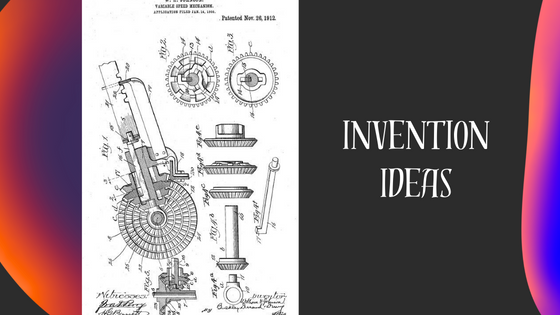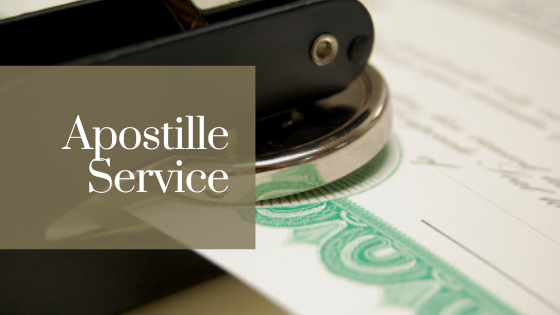
With increasing globalization and increased worldwide commerce through the Internet, international protection for intellectual property is becoming increasingly more important.
For many individual inventors, however, the cost of a U.S. patent alone is already staggering. Consequently, the significant expense of filing foreign patents may be less likely to be considered. Also, because of the assortment of legal standards in different parts of the world, political instability, or differences in enforcement capabilities, some will undoubtedly question the value of certain foreign patents. There is some merit to this line of thought. After all, how valuable is a patent from a nation in civil war? Or that has nominal damages available? Each country should be considered individually.
A U.S. Patent standing alone is still extremely valuable, inasmuch as the U.S. market is a primary market and control of U.S. markets can be used to influence or negotiate foreign markets. Nevertheless, inventors should consider foreign markets and weigh whether foreign patents are obtainable and worth the cost. Depending on the particular invention, foreign markets may be very valuable as described in this article – patent my invention through InventHelp.

The PCT is commonly misunderstood as an “international patent.” Unfortunately, no such patent is currently available. Instead, a PCT application is more of a procedure that that allows inventors to delay the times required for filing foreign patent applications, each of which will typically cost at least as much as the U.S. patent application. The PCT application has an “international stage” and a “national stage.” During the international stage, a PCT international stage application must be filed in an International Filing Office, one of which is the United States Patent Office. The PCT application must be filed within 1 year of the U.S. filing date, or at least before sale or publication. In the international stage, the applicant can designate those countries in which foreign protection will be sought.
In most cases, thirty (30) months after the PCT filing date, the PCT application goes into a “national stage,” where the application is sent to each of the designated countries, where translation and local filing fees are assessed. This is where foreign patents get to be the most expensive. Each country can cost as much, if not more than the U.S. application. Some countries charge annual fees on top of initial filing and translation fees as explained on how to get a patent with InventHelp.
Separate and apart from the PCT procedures, foreign patents can be obtained on a country-by-country basis if there is a particular country where a strong market presence is anticipated. This may be a desirable strategy for inventors to consider from the outset, particularly if protection is only sought in specific countries.


